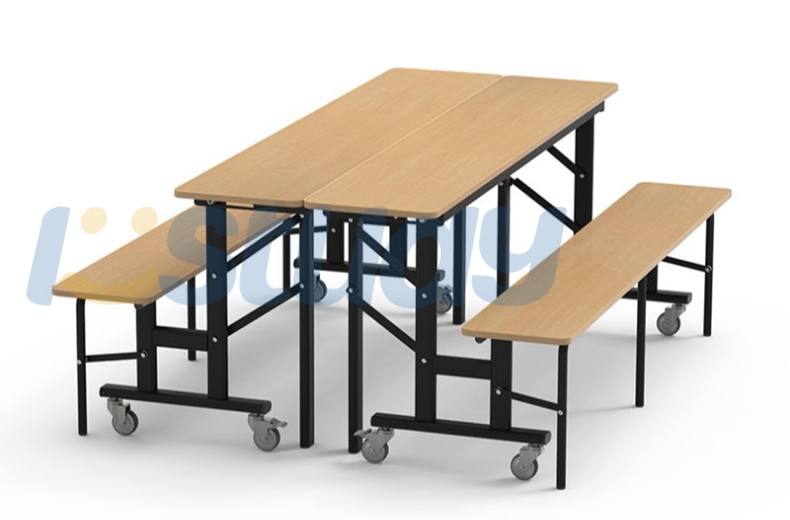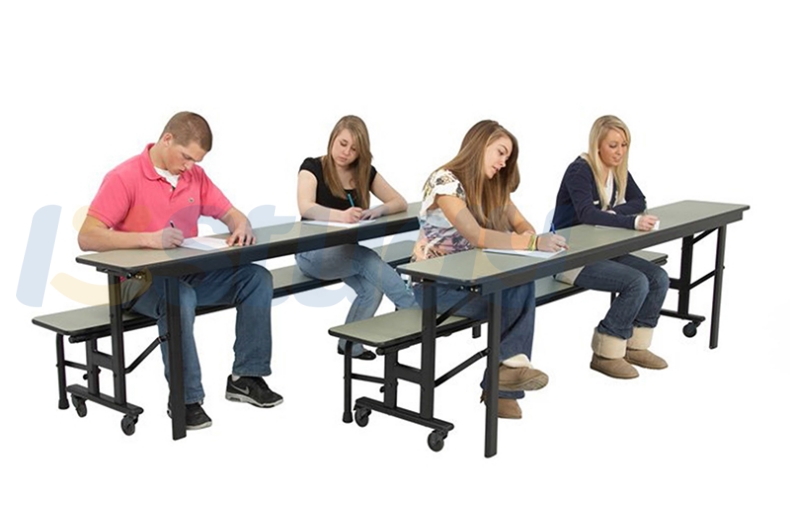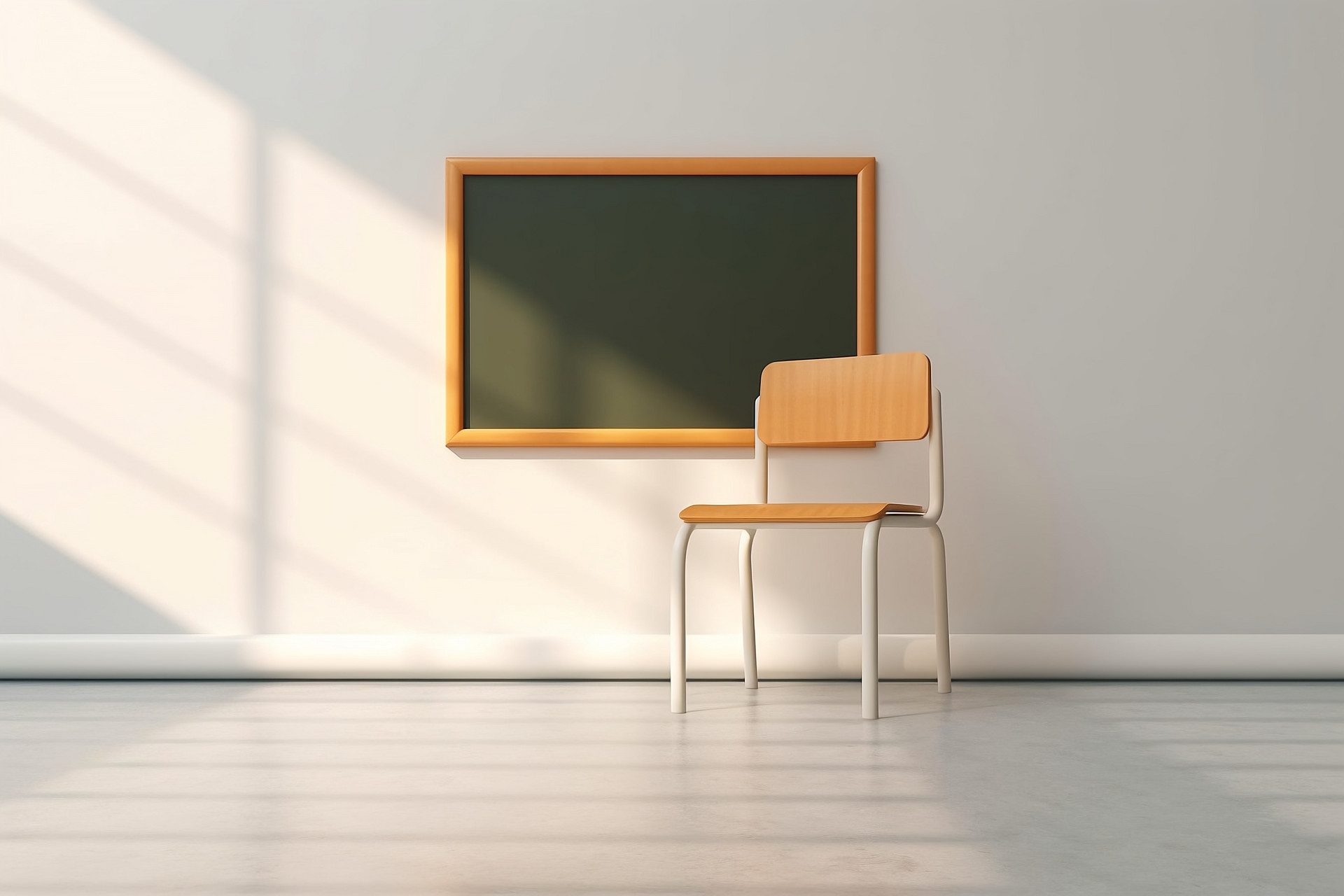Crafting a Greener Classroom: Tips for Choosing Environmentally Friendly and Sustainable American School Furniture
As the push for sustainability gains momentum across the United States, educational institutions are increasingly seeking ways to reduce their environmental footprint. One significant avenue for achieving this goal is through the selection of environmentally friendly and sustainable school furniture. From desks and tables to chairs and storage units, the furniture in American schools can play a crucial role in promoting eco-conscious practices and nurturing a culture of sustainability among students and educators alike. Here's a guide on how to choose environmentally friendly and sustainable school furniture tailored to the American context.
Understanding the Need for Sustainability:

Before delving into the specifics of furniture selection, it's essential to grasp the environmental impact of traditional furniture manufacturing processes. Conventional furniture production often relies on resource-intensive practices and materials, contributing to deforestation, pollution, and greenhouse gas emissions. By opting for environmentally friendly alternatives, schools can significantly reduce their ecological footprint and contribute to a healthier planet for future generations.
Key Considerations for Choosing Sustainable American School Furniture:
1. Material Sourcing: Prioritize furniture made from sustainable and responsibly sourced materials. Look for products certified by organizations such as the Sustainable Forestry Initiative (SFI) or the American Tree Farm System (ATFS), which ensure that wood products come from well-managed forests.
2. Recycled and Recyclable Materials: Choose furniture crafted from recycled materials or materials that are easily recyclable at the end of their lifespan. Recycled plastics, aluminum, and steel are excellent options for sustainable school furniture.

3. Local Manufacturing: Support local economies and reduce carbon emissions associated with transportation by selecting furniture manufactured close to your school's location. Local sourcing also fosters community partnerships and strengthens regional sustainability efforts.
4. Energy Efficiency: Consider furniture designs that incorporate energy-efficient features or materials with low embodied energy. Look for products manufactured using renewable energy sources or processes that minimize energy consumption.
5. Durability and Longevity: Invest in high-quality furniture designed to withstand the wear and tear of daily use in educational settings. Durable materials and craftsmanship not only extend the lifespan of furniture but also reduce the need for frequent replacements, ultimately reducing waste.
6. Certifications and Standards: Look for furniture certified by reputable sustainability organizations, such as GREENGUARD for low-emission products or Cradle to Cradle (C2C) for products designed with circular economy principles in mind.
7. Ergonomic Design: Prioritize furniture that promotes ergonomic comfort and support for students and educators. Well-designed ergonomic furniture enhances learning environments and contributes to the health and well-being of occupants.
Case Studies in Sustainable American School Furniture:

- Boulder Valley School District, Colorado: By partnering with local manufacturers and prioritizing sustainable materials, Boulder Valley School District has outfitted its classrooms with environmentally friendly furniture, aligning with the community's commitment to sustainability.
- Chicago Public Schools, Illinois: Through initiatives like the Sustainable Schools Program, Chicago Public Schools have integrated sustainable practices into their procurement processes, including the selection of eco-friendly furniture options for classrooms and common areas.
Choosing environmentally friendly and sustainable school furniture is a tangible way for American educational institutions to demonstrate their commitment to sustainability and inspire future generations to become environmental stewards. By considering factors such as material sourcing, recyclability, energy efficiency, and local manufacturing, schools can create greener learning environments that support both student success and planetary health. As custodians of the future, let's furnish our classrooms with care, ensuring that every desk, chair, and table reflects our dedication to a sustainable future for all.

